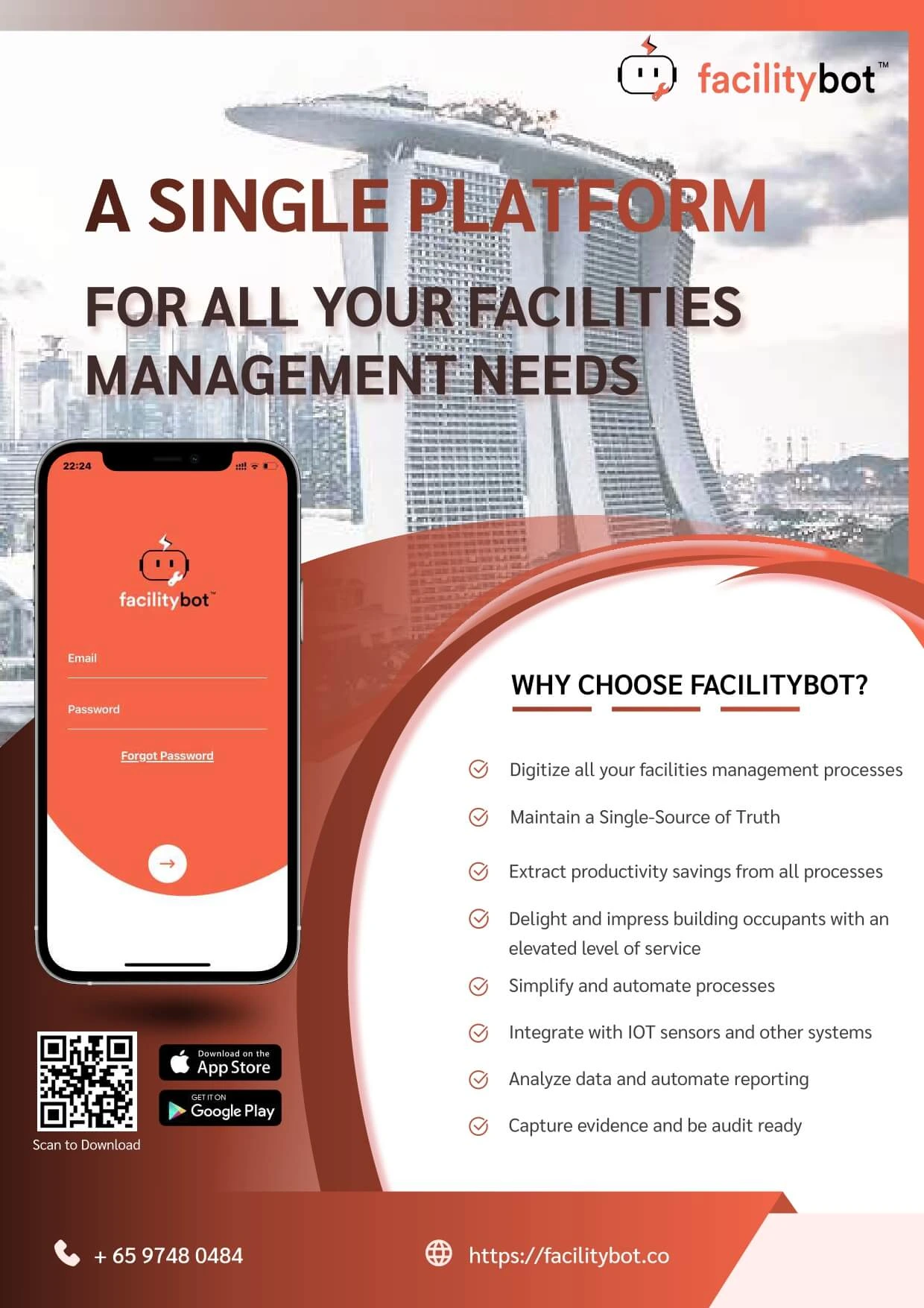In today’s data-driven world, facilities management has become more than just overseeing buildings and services—it requires strategic planning, real-time data insights, and effective decision-making. At the heart of this transformation lies reporting software. Whether it’s for tracking work orders, monitoring asset performance, or analyzing maintenance budgets, reporting tools are essential to streamline operations and maintain accountability across facilities.
In this article, we’ll explore what reporting software is, how it works in the context of facilities management, and why it’s an indispensable part of modern FM strategies.
What is Reporting Software?
Reporting software refers to computer programs or applications that collect, organize, and present data in a structured format. These tools are designed to pull information from multiple sources—like databases, spreadsheets, and CMMS platforms—and transform it into actionable insights through dashboards, charts, and reports.
Reporting software is not limited to financial summaries. In the realm of facilities management, it powers operational transparency across asset tracking, maintenance schedules, vendor performance, energy usage, and fault reporting.
Why Reporting is Crucial in Facilities Management
In facilities management, “reporting” covers the process of compiling and presenting data regarding various operational aspects—be it preventive maintenance, service requests, space utilization, or compliance audits. Accurate and timely reports help facilities managers:
- Track key performance indicators (KPIs)
- Maintain compliance with health, safety, and sustainability standards
- Monitor service provider performance
- Optimize maintenance workflows and costs
- Identify recurring faults or inefficiencies
By leveraging reporting software, FM teams can move from reactive to proactive management—driving better outcomes for building occupants and stakeholders.
Core Functions of Facilities Management Reporting Software
- Data Extraction and Integration
Reporting tools in FM pull data from various systems including HVAC controls, access logs, CMMS, energy meters, and IoT sensors. The software centralizes this information for seamless analysis. - Data Transformation
Before presenting data, reporting software filters, cleans, and processes it. This step includes calculating trends, applying conditional rules, or categorizing service requests. - Custom Report Generation
Whether you need daily fault summaries, monthly maintenance costs, or asset depreciation reports, FM reporting software provides flexibility to generate both standardized and ad-hoc reports. - Interactive Dashboards
Most platforms now include interactive dashboards where facility managers can visualize metrics like downtime, resolution time, or budget variance. - Automation and Scheduling
Reports can be automatically generated and shared with stakeholders at set intervals—daily, weekly, or monthly—saving time and ensuring consistency. - Distribution and Export
Reporting software supports exports in various formats (PDF, Excel, Word), enabling reports to be distributed via email or uploaded to digital portals.
Types of Facilities Management Reports
Some common reports in facilities management include:
- Work Order Summary Reports
- Fault and Issue Tracking Reports
- Preventive Maintenance Reports
- Asset Lifecycle Reports
- Vendor Performance Reports
- Energy Consumption and Sustainability Metrics
- Compliance and Safety Audits
These reports not only guide day-to-day operations but also support long-term planning and strategic decision-making.
Grid vs. Formatted Reporting: Two Approaches
Modern reporting tools offer different formats depending on user needs:
- Grid Reports: Tabular views similar to spreadsheets; great for data exploration, filtering, and exporting.
- Formatted Reports: Visually enhanced reports using charts, colors, graphs, and branding for high-level presentations and executive summaries.
In facilities management, both formats are valuable—grid reports support technicians and operations teams, while formatted reports help communicate results to leadership and stakeholders.
SSI’s VIP Reporting Software Example (Adapted for FM Context)
SSI’s VIP suite, although built for government accounting and operations, illustrates the power of integrated reporting across modules. For example:
- VIP Budgeting & Analytics allows instant access to real-time data, supporting visual tools and customizable reports.
- VIP Accounting enables quick exports and cross-module integration for financial performance.
- VIP Payroll & HR includes automated monthly reporting and pension analysis—concepts that translate well into FM’s HR and compliance workflows.
- VIP Utility Billing supports utility usage tracking, a key component in sustainable facilities management.
The Role of Facility Bot in Facilities Management Reporting
When it comes to smart, streamlined reporting in facilities management, Facility Bot offers a powerful solution. As a cloud-based facilities management software, Facility Bot enables real-time fault reporting, issue tracking, and data visualization—right from your desktop or mobile device.
Facility Bot’s fault reporting feature is designed for simplicity and speed. Users can report issues via messaging apps or web interfaces, and the platform instantly generates logs and metrics. Facilities managers can access detailed reports on recurring issues, resolution times, and technician performance—supporting data-driven maintenance strategies.
With Facility Bot, reporting becomes not just a task—but a strategic advantage in maintaining efficient, compliant, and responsive facilities.
Conclusion
Reporting software plays a vital role in transforming facilities management from reactive to proactive. It enables data consolidation, performance tracking, and strategic insight—all essential to modern FM operations. Whether you’re analyzing fault reports or optimizing maintenance budgets, choosing the right reporting tools ensures better outcomes across the board.
Facility Bot is the ideal choice for organizations seeking facilities management software that emphasizes fault reporting and data-driven decision-making. Explore how Facility Bot can revolutionize your facility operations with intelligent, real-time reporting.




